This post is inspired in lieu of Thanksgiving and the glorified story told in elementary schools about the Pilgrims and the Native Americans sharing a feast in “friendship.” I cannot forget the inspiration from the media coverage of the NoDak protests and an article on Al Jazeera about the Pine Ridge Reservation’s discrepancies. Americans should not forget about all the broken promises made to Native Americans offered in “friendship” but resulting in genocide, isolation, and a substandard quality of life.
***A quick debriefing on the subjects mentioned:
The Standing Rock Sioux tribe and the protests over the Dakota Access Pipeline have been recently highlighted in the media, especially since celebrities like Shailene Woodley have joined the movement. For people not updated on the controversies, the Standing Rock Tribe has brought up concerns about the environment and unsafe drinking water, and further apprehensions are that the pipeline will run under a sacred burial ground.
The Pine Ridge reservation was highlighted in an article on Al Jazeera about Overlooked America: Life on the Pine Ridge Reservation about the Oglala Tribe in South Dakota. Stated in the article is that of the 38,000 people living on the reservation, there is an 80 to 90 percent unemployment rate with 52 percent of people living in poverty and a median income of $4,000 a year. Not to mention, life expectancy is 48 years old for men and 52 years old for women. That is the second lowest in the western hemisphere (Strickland, 2016). Overall, the dehumanization of Native Americans on reservations and the genocidal ways of taking land has been long established and consistent.
Let me begin by explaining my deeply rooted interest and concerns. My father worked on Native American reservations for 20 years and in high school I took a class called “Genocide” in which I did a presentation on the Crow Reservation in Montana. I interviewed many people who worked and/or lived on the reservation and focused especially on infant deaths. Native Americans have a disproportionately higher rate of infant mortality than the total U.S. population, more equated to that of a third world country and commensurate with poverty levels and lack of health care access as well. Since this was about six years ago that this presentation was done, I assumed positive change had occurred. However, I was shocked to find that nothing has changed at all.
In fact, here are some recent statistics on the poor conditions on reservations. According to the Indian Health Services, the American Indian and Alaska Native people experience lower life expectancy (4.4 years less than the U.S. all races population), a disease burden that they believe could be attributed to lack of adequate education, high rates of poverty, discrimination by health industries, cultural differences, and the environmental placement of reservations. According to the government census there were 5.4 million American Indians and Alaska Natives in 2014; and 326 federally recognized Native American reservations and 567 federally recognized tribes in 2015. In 2014, 53% of single-race Native Americans owned houses, compared to 63.1%. In 2014, 82.4% Native Americans had at least a high school diploma or GED/GED alternative and 18.5% obtained a bachelor’s degree or higher, compared to 86.9 percent and 30.1 percent of the overall population. The median household income of single-race Native Americans was 37,227 with 28.3 percent who were in poverty in 2014, compared to $53,657 and 15.5 percent for the overall population. Last but not least, largely contributing to the lower life expectancy is 23.1 percent of single-race Native Americans lacked health insurance in 2014 compared to 11.7 percent of the nation as a whole (census.gov). Not to mention, Native American youth have the highest rate of suicide among all ethnicities and it is the second leading cause of death for ages 15-24 (ncai.org). Native Americans have an infant death rate that is 60 percent higher than Caucasians. Although Obama has addressed these issues on reservations, no policies or large-scale efforts have seemed to make any significant contributions to changing these deeply ingrained systematic oppression. This lack of effort maintains these statistics and is proof that as the rest of society progresses, Native Americans are excluded. This preserves a sense of tribal oppression that remains alive and thriving today.
My concerns for these issues and for all marginalized groups have only escalated since the election. A Trump America largely promotes and exercises a predominately White America. This will in turn equate to a discriminatory America that further oppresses marginalized groups. My fear is that things will only get worst now that racism, sexism, classism, xenophobia, etc. will be viewed as acceptable forms of intolerance. Policies must be implemented at this critical period and people must make efforts to aid marginalized groups that are oftentimes invisible or chastised as “living off the government.” These views dehumanize, discriminate, and misrepresent Native Americans producing the statistics provided. These represent what it is like to be living in America as a Native American today.

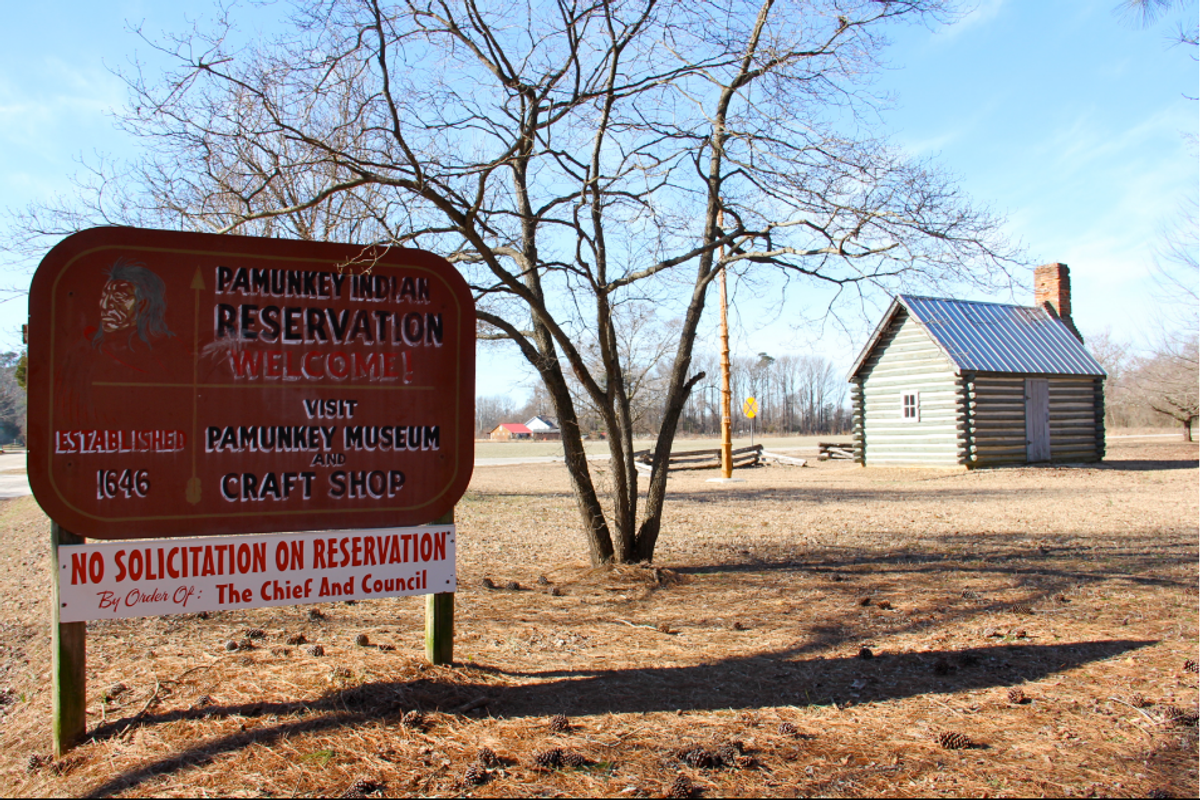
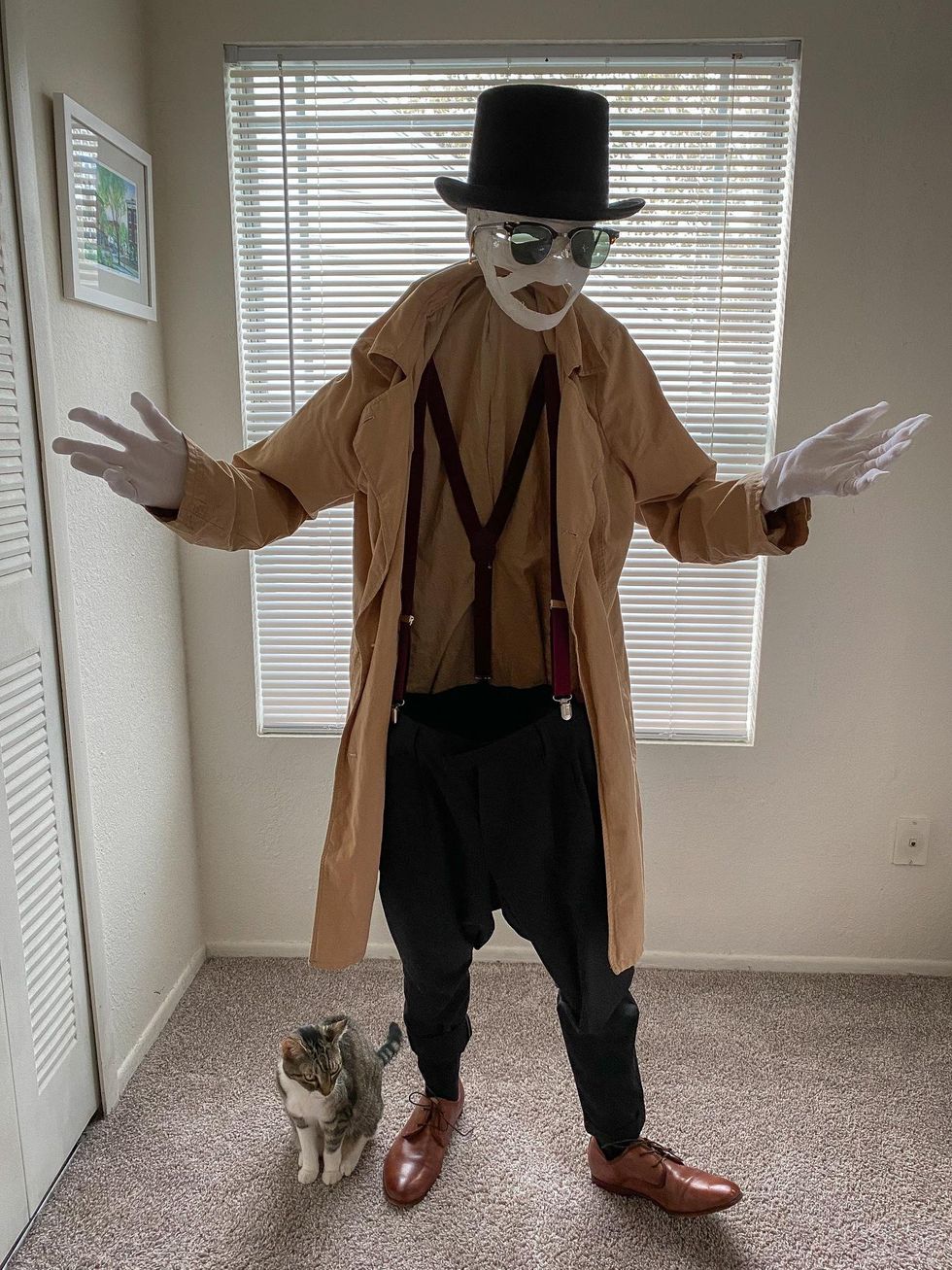
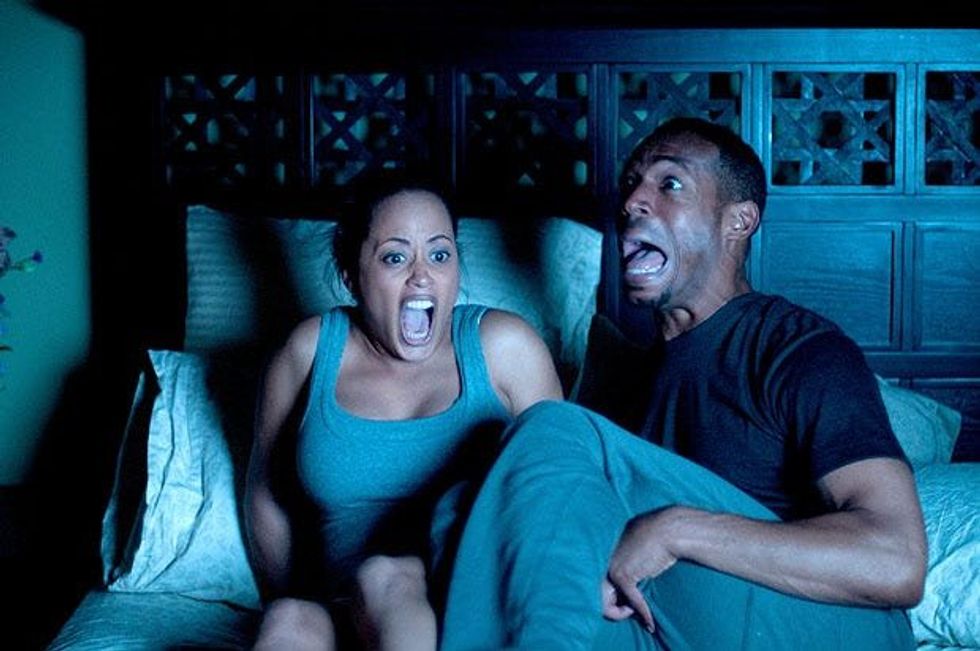
 Going to the cinema alone is good for your mental health, says science
Going to the cinema alone is good for your mental health, says science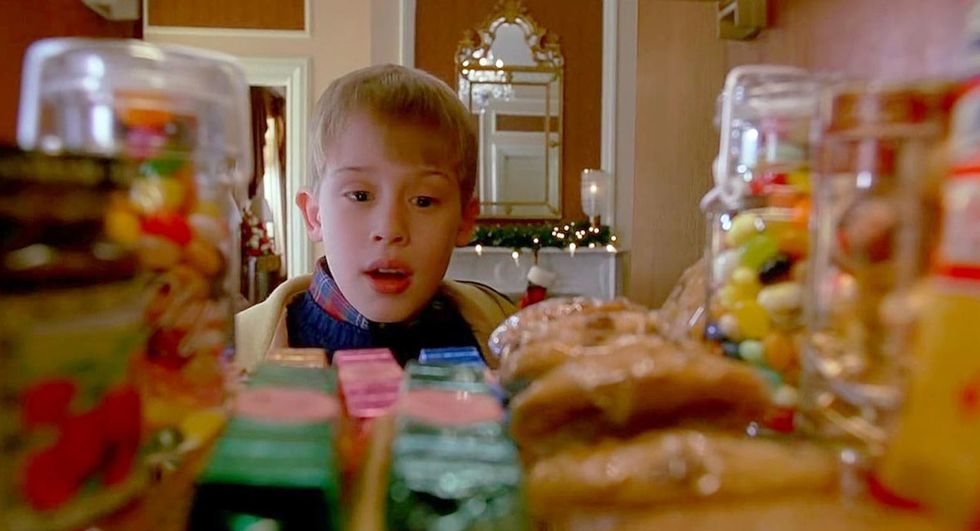

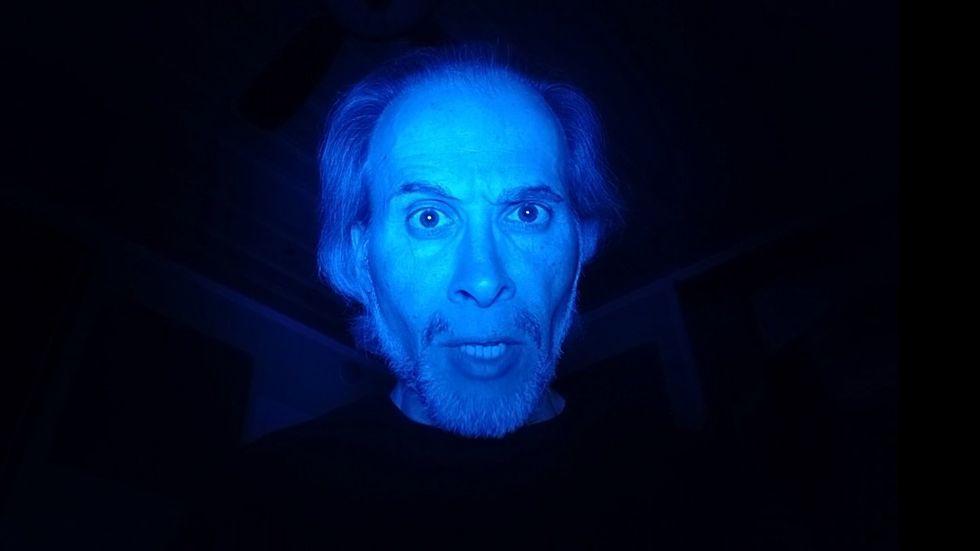
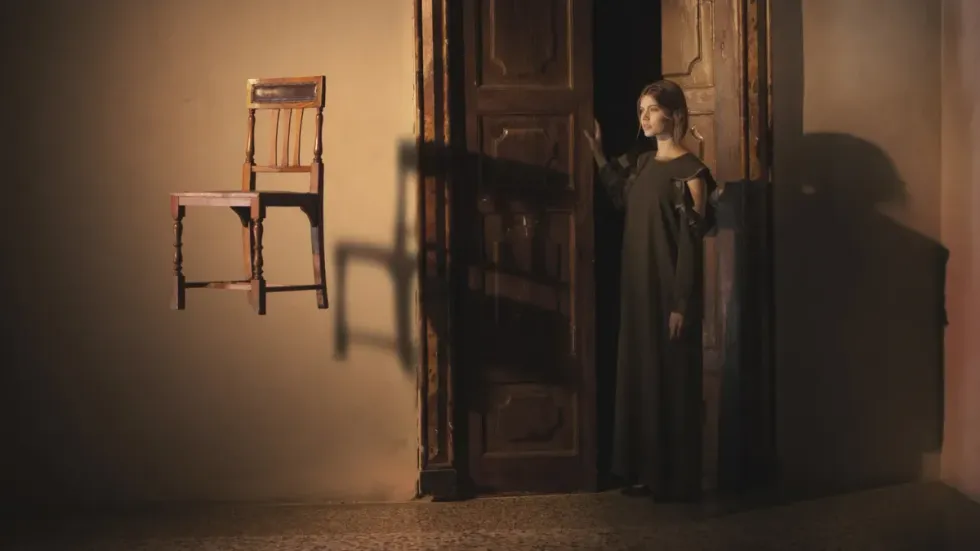
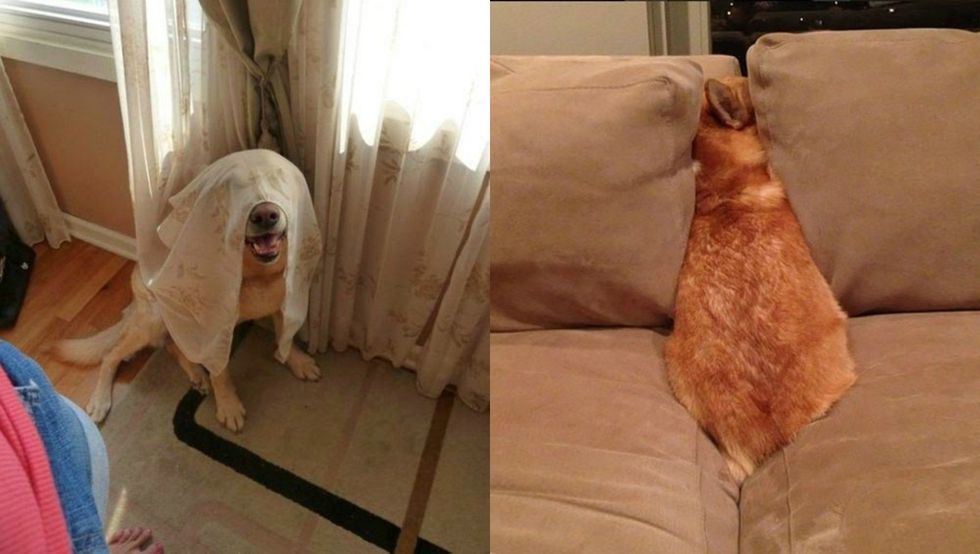
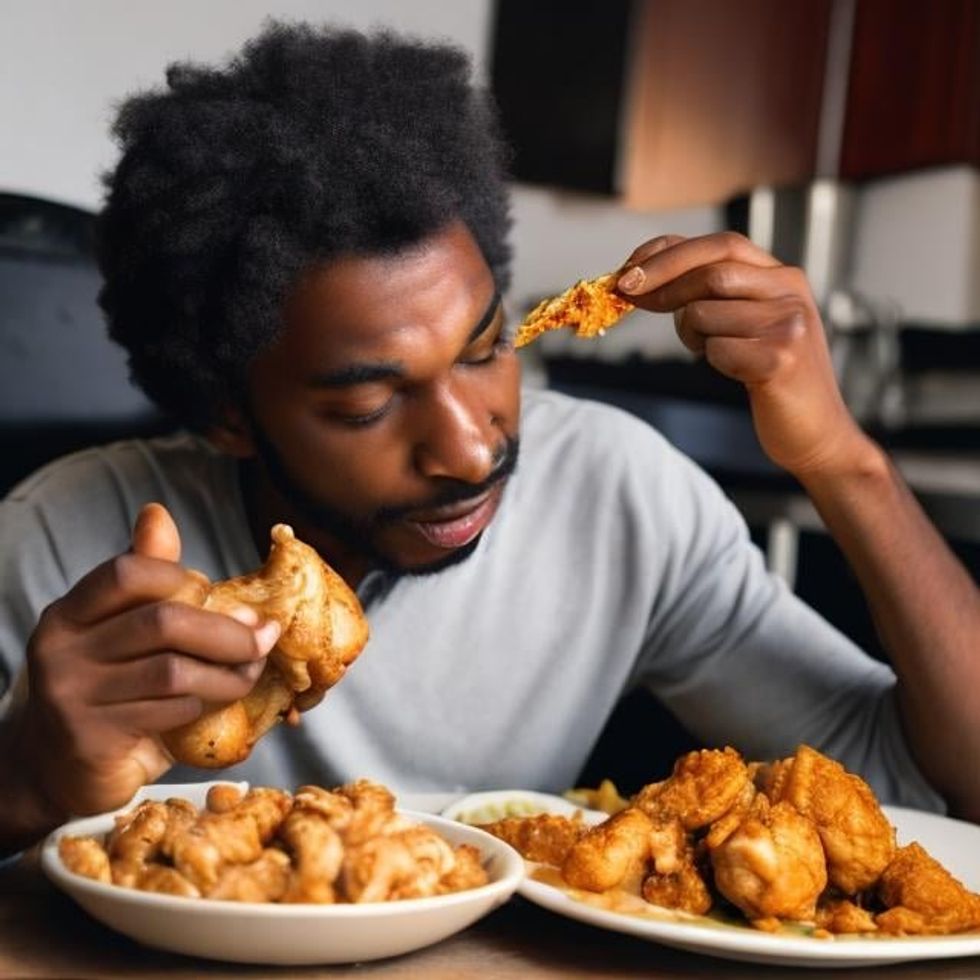
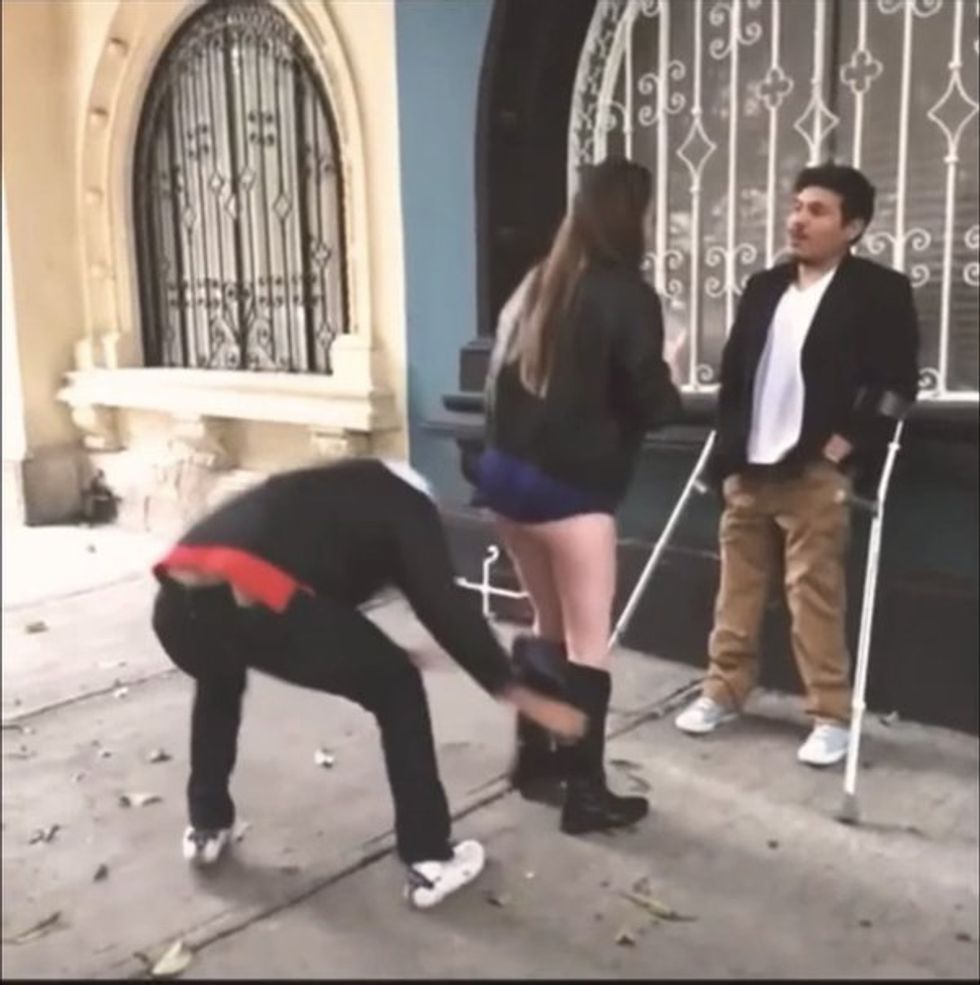


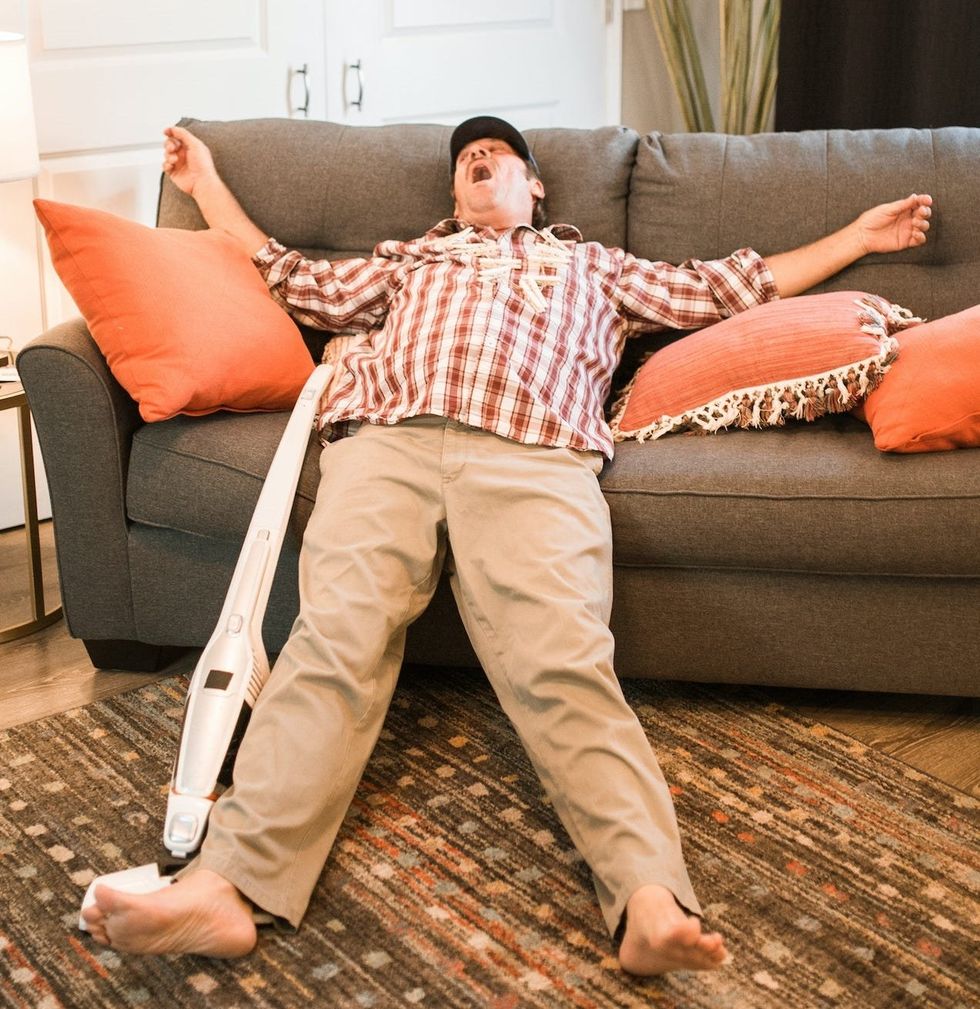
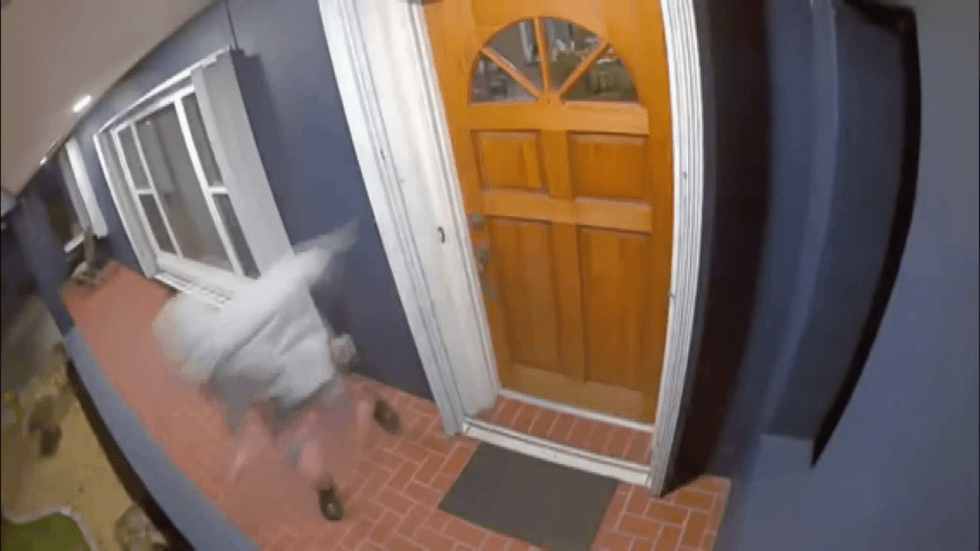


 women in street dancing
Photo by
women in street dancing
Photo by  man and woman standing in front of louver door
Photo by
man and woman standing in front of louver door
Photo by  man in black t-shirt holding coca cola bottle
Photo by
man in black t-shirt holding coca cola bottle
Photo by  red and white coca cola signage
Photo by
red and white coca cola signage
Photo by  man holding luggage photo
Photo by
man holding luggage photo
Photo by  topless boy in blue denim jeans riding red bicycle during daytime
Photo by
topless boy in blue denim jeans riding red bicycle during daytime
Photo by  trust spelled with wooden letter blocks on a table
Photo by
trust spelled with wooden letter blocks on a table
Photo by  Everyone is Welcome signage
Photo by
Everyone is Welcome signage
Photo by  man with cap and background with red and pink wall l
Photo by
man with cap and background with red and pink wall l
Photo by  difficult roads lead to beautiful destinations desk decor
Photo by
difficult roads lead to beautiful destinations desk decor
Photo by  photography of woman pointing her finger near an man
Photo by
photography of woman pointing her finger near an man
Photo by  closeup photography of woman smiling
Photo by
closeup photography of woman smiling
Photo by  a man doing a trick on a skateboard
Photo by
a man doing a trick on a skateboard
Photo by  two men
two men  running man on bridge
Photo by
running man on bridge
Photo by  orange white and black bag
Photo by
orange white and black bag
Photo by  girl sitting on gray rocks
Photo by
girl sitting on gray rocks
Photo by  assorted-color painted wall with painting materials
Photo by
assorted-color painted wall with painting materials
Photo by  three women sitting on brown wooden bench
Photo by
three women sitting on brown wooden bench
Photo by 
 Photo by
Photo by  Photo by
Photo by  Photo by
Photo by  Photo by
Photo by 


 people sitting on chair in front of computer
people sitting on chair in front of computer



 all stars lol GIF by Lifetime
all stars lol GIF by Lifetime two women talking while looking at laptop computerPhoto by
two women talking while looking at laptop computerPhoto by  shallow focus photography of two boys doing wacky facesPhoto by
shallow focus photography of two boys doing wacky facesPhoto by  happy birthday balloons with happy birthday textPhoto by
happy birthday balloons with happy birthday textPhoto by  itty-bitty living space." | The Genie shows Aladdin how… | Flickr
itty-bitty living space." | The Genie shows Aladdin how… | Flickr shallow focus photography of dog and catPhoto by
shallow focus photography of dog and catPhoto by  yellow Volkswagen van on roadPhoto by
yellow Volkswagen van on roadPhoto by  orange i have a crush on you neon light signagePhoto by
orange i have a crush on you neon light signagePhoto by  5 Tattoos Artist That Will Make You Want A Tattoo
5 Tattoos Artist That Will Make You Want A Tattoo woman biting pencil while sitting on chair in front of computer during daytimePhoto by
woman biting pencil while sitting on chair in front of computer during daytimePhoto by  a scrabbled wooden block spelling the word prizePhoto by
a scrabbled wooden block spelling the word prizePhoto by 








